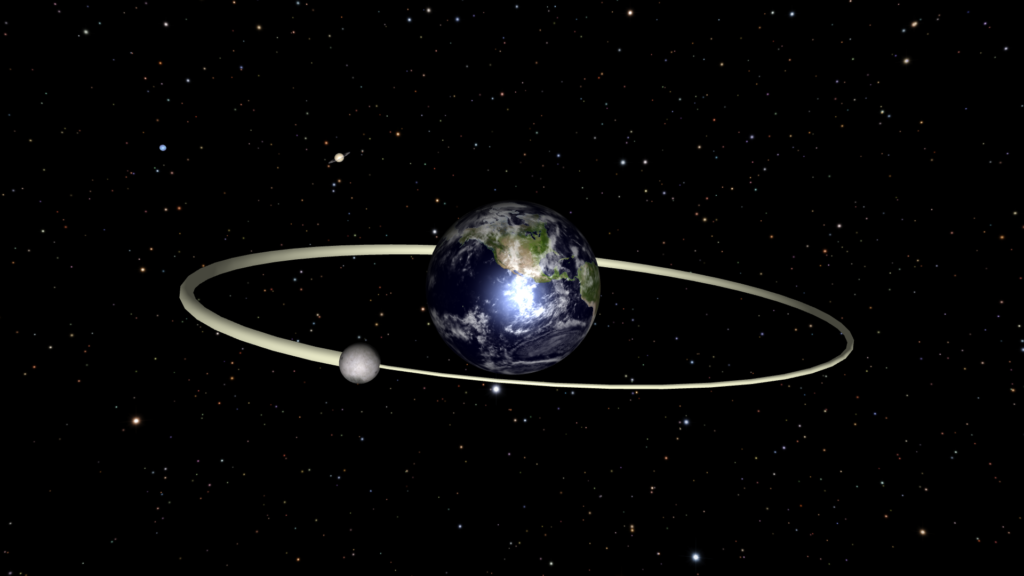This video shows how the Orion constellation changes smoothly during two million years. You can see how it looked one million years ago, how it looks now and how it will look one million years later.
At the very beginning the video shows how the Orion looked one million years ago. Most of all, the familiar outlines of this constellation were distorted by the position of the red giant Betelgeuse. This star is significantly closer to the Sun than the rest of the blue giants of the Orion constellation, so its apparent motion over hundreds of thousands of years is more noticeable.
At 00:20 on the left side of the screen appears a bright star ζ Leporis (zeta), which has been flying for 850 thousand years only 4 light years from the Sun. In terms of apparent brightness in our sky, it was comparable to Jupiter. As we approach the present time, this star just takes its usual place in the Leporis constellation under the feet of the hunter Orion.
At 00:45 on the right side of the screen, you can notice the appearance of a group of stars flying in approximately the same direction. This is the scattered cluster of the Hyades, which is currently located in the Taurus constellation. Hyades flew closest to the Sun about 800 thousand years ago. At 00:55, another beautiful scattered cluster of the Pleiades appears in the upper right corner of the screen, which also belongs to the constellation Taurus.
In the middle of the video, at about 01:08, the present time is shown, and the Orion constellation takes on its usual outlines. The rest of the bright stars are in the places where we are used to seeing them: the red giant Aldebaran is in the Taurus constellation against the background of the Hyades cluster, and the brightest star of our sky Sirius is in the Canis Major constellation.
Then the video takes us further into the future, and the constellation of Orion is distorted more and more. In about 70 thousand years (at 01:13), the bright star Procyon from the Canis Minor constellation will take the place of Sirius in the Canis Major constellation. At 01:25, Altair, the brightest star of the Aquila constellation, appears in the upper right corner of the screen. At 01:37, Vega, the brightest star of the Lyra constellation, also appears approximately there. Both stars, Vega and Altair, are now the vertices of the Summer Triangle, and in a million years both will be in the vicinity of the constellation Orion, which will be greatly distorted during this time. This can be seen at the very end of this video.
The video was made using own software. Information about the stars is taken from the Hipparcos catalogue and corrected by data from the Gaia DR3 catalogue.
The track ‘Delirium’ by Kai Engel sounds in this video. This track was not changed. Link:
https://freemusicarchive.org/music/Kai_Engel/ICD-10/Kai_Engel_-ICD-10-_03_Delirium/
Attribution 4.0 International (CC BY 4.0) license:
https://creativecommons.org/licenses/by/4.0/





